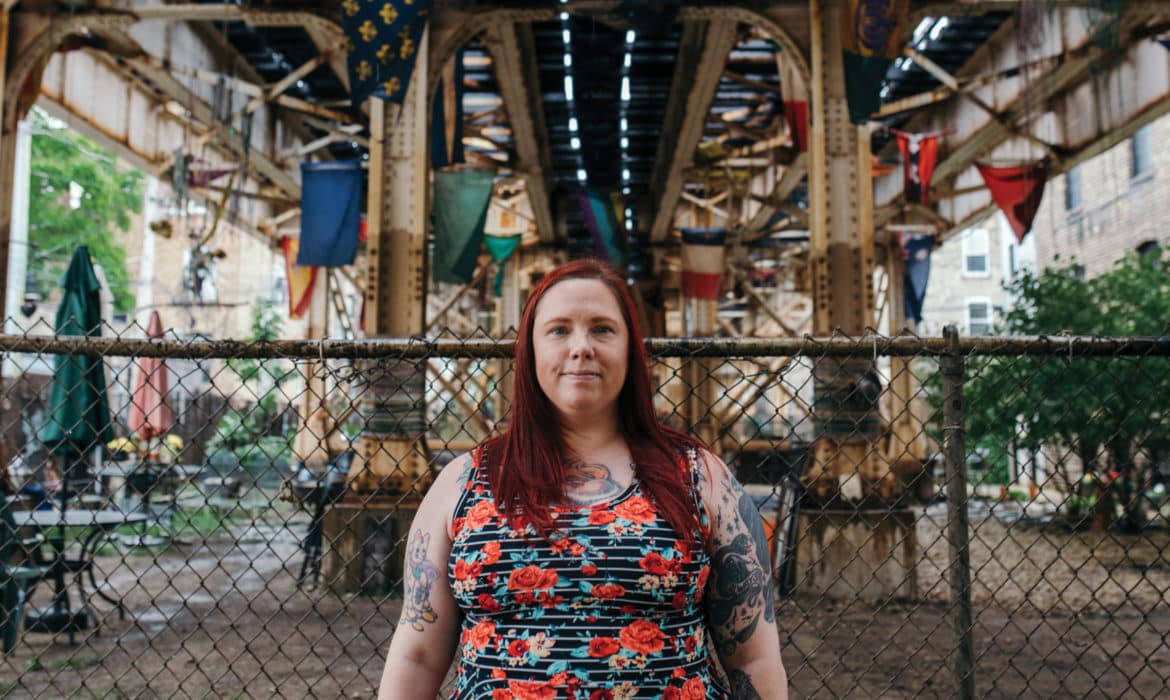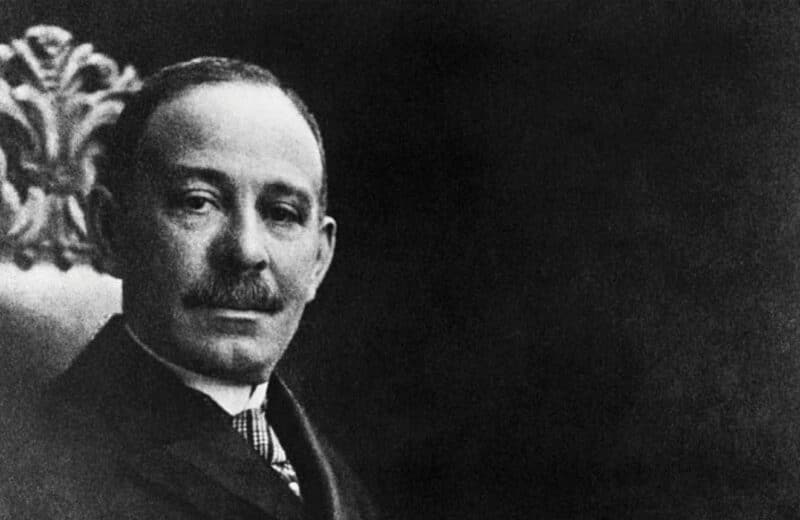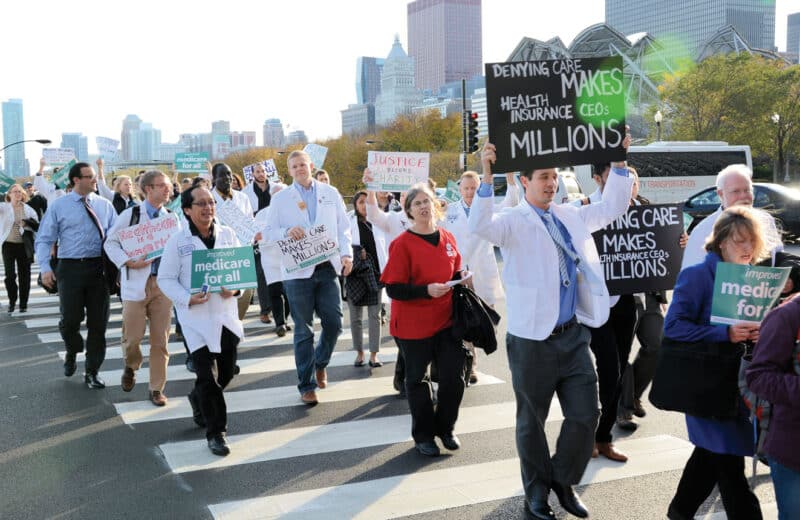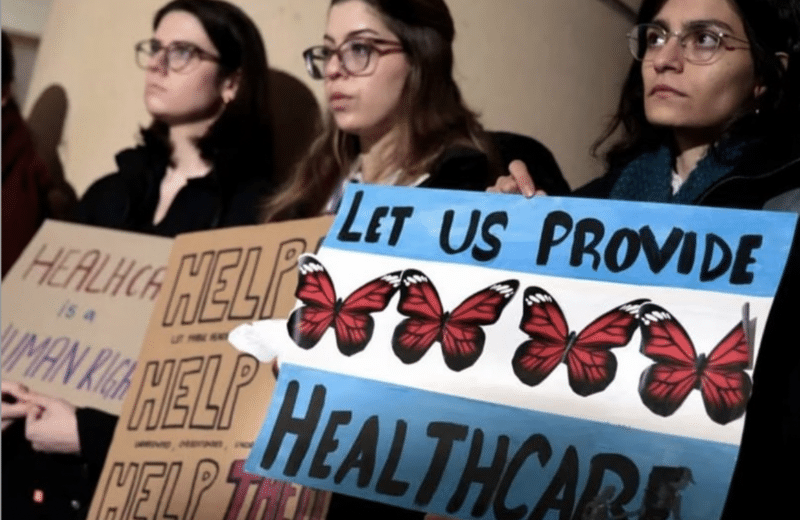After decades of war, an increasing number of veterans are facing PTSD
Heather Yang didn’t enroll in the Army reserves for combat and action. The Chicago resident enlisted while still in high school in New York, during a relatively peaceful time in the mid-’90s. The September 11 attacks hadn’t yet happened, and the U.S. had years earlier completed Operation Desert Storm.
But during three deployments, she saw action — overseas and at home. Yang’s first deployment came in 1999 when she spent a year in Bosnia as a military police officer on a peacekeeping mission. Then on September 11, 2001, within hours of planes flying into the World Trade Center, Yang’s reserve unit was activated. She spent the next month at Ground Zero, conducting search-and-rescue missions and controlling in-and-out access to the zone.
“It was complete chaos,” Yang says. “I think that’s when my PTSD started.”
Post-traumatic stress disorder (PTSD) stems from exposure to trauma. Recurrent reminders of traumatic events can plague veterans in various ways, including nightmares and flashbacks. They may feel constantly on guard for another perceived attack. And their inward turmoil can come out as irritability, anger or reckless behavior.
It’s a slippery disorder, commonly entrenched in substance abuse, suicidal depression, homelessness and other struggles that divide families and splinter relationships. Think of the trauma as a rock breaking a lake’s surface, its impact radiating out in circles.
“PTSD, depression and substance abuse all impact education and employability. And that impacts housing and insurance. It can be a cycle,” says psychiatrist Neeral Sheth, DO, associate medical director of the Road Home Program at Rush University Medical Center.
Combat poses an obvious PTSD risk. Loud noises like fireworks can trigger a PTSD episode for veterans exposed to guerrilla attacks, as can something as simple as garbage along a curb for veterans who had to scan roadsides for improvised explosive devices (IEDs).
As the United States approaches nearly two decades of war in Afghanistan and Iraq, an estimated 20% of veterans from those wars are searching for ways to cope with that mental anguish.
Ongoing war
A safe return home doesn’t mean the battle is over. The Department of Veterans Affairs (VA) reports that an average of 20 veterans commit suicide daily, which accounts for 20% of all suicides in the U.S. “They feel like they have no way out,” says Yang, who was diagnosed with PTSD in 2005, shortly after moving to Chicago.
More than 500,000 U.S. troops from the latest generation of veterans have been diagnosed with PTSD. But not even half of those who need mental health services get treatment. Access to care creates one barrier, in part due to long waits at VA medical centers. Stigma is a major hurdle as well. The general public’s shame around mental illness comes across even more strongly in military communities, which prize toughness.
“It can feel weak to seek help for emotional issues, especially if you’ve grown up feeling like you should be able to fix this on your own,” says Sheth, an assistant professor in the department of psychiatry at Rush University Medical Center. “In the military, you’re supposed to show your strong side, powerful side. Acknowledging an issue is difficult.”
However, the VA is trying to address the issue. The department’s AboutFace campaign features dozens of short, candid videos of veterans talking about PTSD, how treatment works and ways the disorder has affected their families. The AboutFace website provides guides to dealing with a crisis, seeking help within the VA and finding an outside therapist.
To destigmatize therapy and increase access to care, the VA is increasing its remote therapy sessions, which are conducted over the phone or computer. This not only helps veterans ease into treatment but also is more convenient for the 38% of veterans with PTSD who live in rural areas.
At Rush’s Road Home Program, a three-week intensive outpatient program provides a holistic approach to PTSD management with individual and group therapy, yoga, mindfulness, acupuncture, massage and art therapy. Local veterans can also access ongoing weekly or monthly therapy sessions.
The program—which has locations in Chicago, Broadview and Effingham — receives funding from the Wounded Warrior Project and the Warrior Care Network. It deploys outreach teams to the community and veterans events to identify those who might be struggling. But the people they’re trying to reach aren’t always ready for help.
A long history
Two years after the September 11 attacks, Yang left for her third deployment: a year in Iraq. Once back home, she felt intense rage but didn’t understand why. Her family encouraged her to talk to a therapist, but she wasn’t ready to receive their advice. “That was the last thing I needed — hearing from someone who hadn’t seen what I’d been through telling me I needed to go talk to someone,” she says.
Sheth says it’s common for people with PTSD to be closed off and irritable. “As a spouse or loved one, it can be difficult to know how to react. Many veterans don’t want to talk about their emotions and experiences. It’s difficult to navigate that as well as the ups and downs that go on in marriage or relationships in general.”
Family members of veterans with PTSD might unintentionally compound the veteran’s PTSD complications by “providing safety behaviors — avoidance, reassurance, distraction — which are great in the moment but not in the long run,” says Patrick McGrath, PhD, assistant vice president of residential services for AMITA Health Behavioral Medicine Institute and executive director of the Foglia Family Foundation Residential Treatment Center.
Anger and isolation aren’t unique to recent veterans. They’re hallmarks of a disorder that has gone by other names for generations. In World War I, there was “shell shock.” World War II had “battle fatigue.” Troops returning from Vietnam had “post-Vietnam syndrome.”
Vietnam veterans took an especially tough hit. Nearly 700,000 of them (25% of all Vietnam vets) required psychological care post-combat — and that was during an era when society barely had the language to talk about mental health. PTSD didn’t become an official diagnosis until 1980, when it was listed in the Diagnostic and Statistical Manual of Mental Disorders, the authority on mental health classifications.
Lieutenant Commander Kristen Skinner served in the U.S. Navy as a trauma and flight nurse from 2006 to 2018. Now retired, she lives in Highland Park with her husband, their three children and a dog named Recruit. During her first military assignment, Skinner treated complex PTSD cases as a nurse in the inpatient psychiatric unit at the Naval Medical Center San Diego.
“I was a very tough nurse on my guys. I hadn’t seen war yet,” says Skinner, who also served combat assignments embedded with the U.S. Marine Corps and British Royal Marines. After years of service all over the world, she said she became quieter. “I wouldn’t come in and say, ‘This is how you’re going to be.’ You never know what they’re going through.”
The patients Skinner saw ran the gamut of mental health: some were suicidal, others had experienced their first psychotic break from the stressors of boot camp. Some had alcohol problems, others survivor’s guilt and still others combat stress disorder. PTSD was an overarching theme.
Skinner says she hopes that veterans returning from combat can recognize the immense sacrifices they’ve made and know that they’re valued and supported, even if they don’t always feel it. And they need to realize that help is available. “There are people who care and want to help. Living with all of these things constantly, nonstop, is no way to live,” she says.
Difficult transitions
After her deployments, Yang started having night terrors. She would scream in her sleep. In large crowds, she felt anxious. On the subway or in restaurants she had to sit where she could see the doors. In movie theaters, she would look for the fastest escape route.
“My fight-or-flight [response] was constantly at a 10. You can’t really enjoy life when you’re like that,” she says.
In 2005, Yang broke down. She punched holes in walls as her boyfriend watched, unsure what to do. Next, she went to the shower, turned it on and sat down under the running water, completely dressed. Her boyfriend, now her husband, held Yang as she confessed that she didn’t know what was wrong but that she needed help.
Yang had a support system, but not all veterans do. The National Alliance to End Homelessness identified 39,471 homeless veterans in January 2016 — many of whom had served in Vietnam. In the wake of operations in Iraq and Afghanistan, an increasing number of homeless veterans are younger, female and heads of their households, the organization reports.
Our veterans are stigmatized a lot. It adds to the stress they might feel when they’ve been reintegrated back to civilian life.”
Veterans’ issues can pile onto each other in tangled webs. Researchers are learning that blast exposure can change brain structure and function, even without a concussion. And a comprehensive VA study is seeking to understand the long-term effects of blast injuries on post-September 11 veterans.
The effects of trauma radiate. More women in the military has resulted in increased cases of sexual trauma during service. Also, many veterans with PTSD experience chronic pain and risk becoming dependent on addictive opioids. Veterans can struggle to adjust to civilian life, missing the order and team connections that the military provided.
“When you’re in the service, you don’t have to think about anything because the military gives it to you — housing, clothing, money,” Yang says. “The next day you wake up, and it’s gone.”
That order and camaraderie make a sudden return to civilian life jarring. “You’re going from such high stress to being told to rest. There’s school, work and having to make sure there are groceries in the fridge,” Skinner says. “Stateside is a different form of daily stress. Over there, it’s shoot or get shot. Death and destruction is all around you.”
Society can do better at empathizing with what veterans have been through. “Our veterans are stigmatized a lot. It adds to the stress they might feel when they’ve been reintegrated back to civilian life,” Sheth says.
Facing the future
It took Yang multiple attempts to find the right therapist — and the right therapy approach. Once she did, she went to appointments consistently for years. She credits medical cannabis with easing her paranoia, but she still has occasional night terrors and days when she can’t leave the house.
Yang’s employer understands the complexity of the situation and offers flexibility. “Having support from people who allow me to be by myself and do those things that make me feel better helps me out a lot,” Yang says.
For those who seek help, cognitive behavioral therapy (CBT) can be effective. CBT seeks to change the patterns of behaviors, thoughts and feelings that lead to difficulties in functioning. Exposure therapy, a type of CBT, aims to gradually expose individuals to trauma-related memories and situations to decrease PTSD symptoms in a safe environment.
The Foglia Family Foundation Residential Treatment Center offers a unique form of exposure therapy: virtual reality. During these prolonged sessions, veterans put on a virtual reality headset, sit in a chair on a rumble pad and work through scenes similar to what they saw during combat. The experience includes realistic sounds and subtle smells that increase throughout the session’s duration.
Armed with a headset and controller, veterans can drive a military Humvee down a dusty desert road, hear a helicopter fly overhead or see an IED explode in a crowded marketplace.
“We want to do these booms over and over again until they realize they’re safe and not being harmed by their memories. It helps people learn they don’t need to be afraid of memories,” McGrath says, calling virtual reality “a tool, but not the only [one].”
The Road Home Program’s intensive outpatient programs offer camaraderie. Because veterans experiencing PTSD can feel trapped in their own memories, talking with others going through similar issues provides some solace.
“A big thing for me is really talking to other veterans,” Yang says. “It’s totally okay that you feel like this.
It doesn’t mean you’re weak. We saw such traumatic things. We went through such unbelievable things.”
“If you know someone who is a veteran, and they feel safe enough to talk to you, be there for them as best you can,” she adds. “If they don’t have a home or need food or clothing, exhaust your own personal resources. As a civilian, you may know someone who the veteran doesn’t. Just listen, be compassionate.”
Yang has been on both sides — in need of resources and helping other veterans access them. Neither is easy, but combat wasn’t either.












